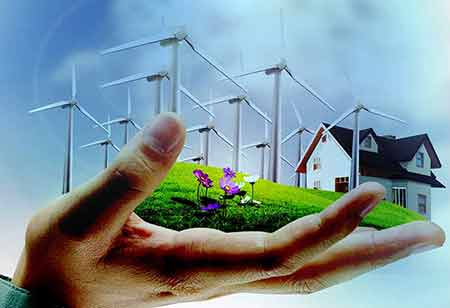Thank you for Subscribing to Energy Business Review Weekly Brief
IoT & Clean Technology Boost the Usage of Renewable Energy: How?

By
Energy Business Review | Wednesday, July 06, 2022
Stay ahead of the industry with exclusive feature stories on the top companies, expert insights and the latest news delivered straight to your inbox. Subscribe today.
Environmental data can now be collected using comparatively inexpensive sensors, which can then be processed, and correct predictions can be made through machine learning to manage entire systems accurately.
FREMONT, CA: The use of renewable energy increases, and governments are under pressure to reach targets and standards globally. Clean energy keeps the key to fulfilling these objectives and our two opposing needs, but we underutilize it. Thankfully, a surge in the Internet of Things (IoT) growth paves an easy and low-cost way to carry out clean technology in different industries.
Environmental data can now be gathered through relatively inexpensive sensors, which can then be processed, and precise predictions can be made using machine learning to manage the entire system precisely.
These systems, which are simplified and reliable, can decrease the use of non-renewable energy and control the functionality of the whole renewable energy system. This comes at a low cost to cleantech firms but offers a viable alternative to non-renewable energy use that damages the environment. The IoT makes a completely autonomous and renewable energy process a reality.
IoT is employed to collect and analyze data from various sources across all industries to transform the global energy market. This usage of big data in the energy sector will have a significant effect. It will monitor and predict factors influencing renewable energy sources such as wind and solar.
Clean energy is now a possible, reliable power source for all smart city components, thanks to the Internet of Things. The ability to monitor data in real-time permits the effective and reliable planning and use of renewable energy.
The IoTs and clean energy collaborate to make renewable energy available in developing countries. Clean energy growth, coupled with the Internet of Things, results in more educated users.
People can now pick to power their homes with renewable energy thanks to IoT technology. Data collection and tracking systems work by the IoT to educate people about their energy use. Consequently, consumers are more educated about energy use and, as a result, are more likely to seek out renewable energy sources. The main example of renewable energy is promoting and facilitating the fourth revolution.






